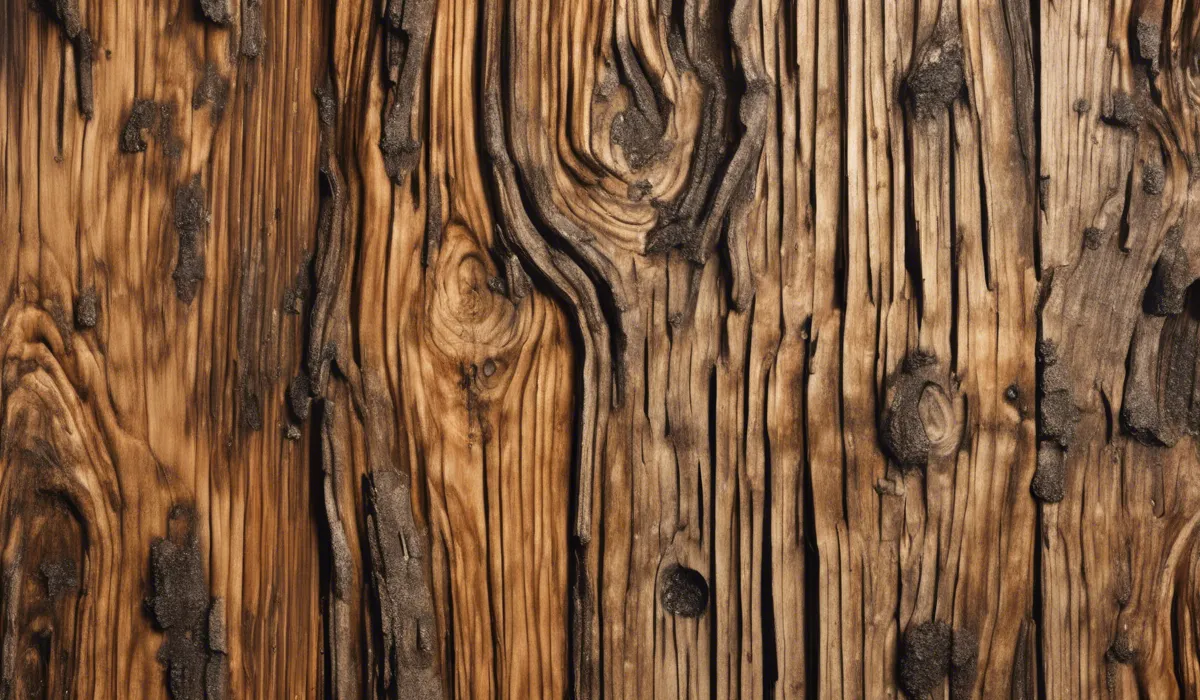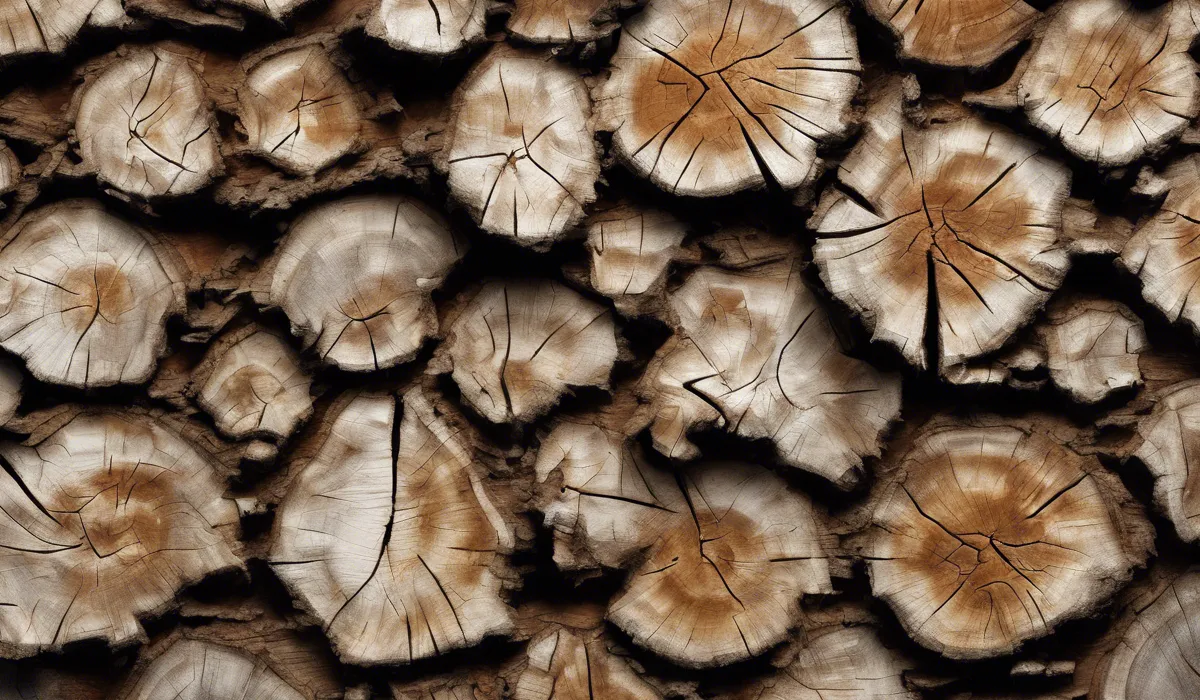Yes, mold can damage wood. It breaks down wood fibers, causing structural weakness and rot. Mold typically thrives on damp wood, leading to accelerated decay. It’s essential to remove mold and address moisture issues to prevent further damage.
Understanding Mold and Its Impact on Wood

What is Mold?
Mold is a type of fungus that can grow almost anywhere there is moisture and organic material.
There are thousands of mold species, but some common ones that affect wood include Aspergillus, Penicillium, and Stachybotrys, often called black mold.
These tiny organisms reproduce by releasing spores into the air, which settle and grow on surfaces like wood.
Conditions for Mold Growth
Mold loves damp, warm environments with plenty of organic materials to feed on. In homes, mold often grows on wood that has been exposed to moisture from leaks, high humidity, or flooding.
Without proper care, any wooden surface can become a breeding ground for mold.
Mold Colonization Process
When mold spores land on a wet wooden surface, they begin to grow roots called hyphae that dig into the wood.
This is how mold takes hold and starts to spread, forming a visible colony that can appear fuzzy or slimy.
Effects of Mold on Wood
Mold can cause serious damage to wood over time. Initially, it may just stain the surface, but as it grows, it starts to break down the wood fibers.
This can lead to structural weakness, making the wood soft and crumbly, a condition often referred to as wood rot.
Science Behind Mold Damage to Wood

Breaking Down Wood Components
Mold damages wood by producing enzymes that break down cellulose and lignin, the main components of wood.
This digestion process allows the mold to feed and grow, but it also weakens the wood’s structure, leading to decay and potential failure of wooden elements within a structure.
Moisture’s Role in Decay
Moisture is the key factor in mold growth and wood decay. Mold cannot grow without moisture, so damp wood is at high risk.
When wood remains wet for prolonged periods, it becomes soft and an even better food source for mold, accelerating the decay process.
Susceptibility of Different Woods
Not all wood is equally susceptible to mold damage. Softwoods like pine are more prone to mold growth and decay than hardwoods like oak because of their higher sap and moisture content.
Treated woods and those with natural resistance to decay, such as cedar, are less likely to be affected by mold.
Natural Decomposition and Ecosystems
In nature, mold plays a vital role in breaking down dead trees, returning nutrients to the soil.
However, this natural process is not beneficial when it occurs in wooden structures like homes or furniture.
Prevention and Remediation of Mold on Wood

Preventing Mold Growth
Preventing mold starts with controlling moisture. Fix leaks promptly, use dehumidifiers, and ensure good ventilation, especially in areas like kitchens, bathrooms, and basements. Regularly inspecting wooden structures for signs of moisture or mold helps catch problems early.
Cleaning Mold from Wood
To clean mold from wood, you can start with DIY methods like scrubbing the surface with a mixture of water and mild detergent.
For more stubborn mold, a solution of water and vinegar can be effective. Always wear protective gear, such as gloves and a mask, when dealing with mold.
When to Call Professionals?
If the affected area is large or if the mold has penetrated deep into the wood, it may be time to call in professionals.
They have the expertise and equipment to safely and effectively remove mold and prevent its return.
Protective Treatments and Coatings
After cleaning, applying treatments or coatings that are designed to inhibit mold can protect the wood from future infestations. These products can seal the wood, making it less hospitable to mold growth.
Long-Term Wood Maintenance
Regular maintenance is key to preventing mold recurrence. This includes keeping wood sealed and painted, maintaining proper indoor humidity levels, and inspecting wood for early signs of moisture or mold damage.
FAQs About Mold Damage to Wood
Does mold cause structural damage to wood?
Yes, mold can cause structural damage to wood by breaking down its fibers, leading to weakness and rot.
Can mold on wood be harmful to health?
Mold on wood can be harmful to health, especially for individuals with allergies, asthma, or compromised immune systems.
What conditions promote mold growth on wood?
Mold growth on wood is promoted by dampness, high humidity, and poor ventilation.
How can you prevent mold from damaging wood?
To prevent mold damage, keep wood dry, ensure good air circulation, and address any moisture issues promptly.
Is it possible to fully restore wood that has been damaged by mold?
It may be possible to restore wood if the mold damage is not extensive, but severe mold damage can compromise the wood beyond repair.
Final Thoughts
Mold indeed poses a significant risk to wood by breaking down its fibers, which results in structural damage and rot.
As mold flourishes in damp conditions, wood is particularly susceptible to its destructive effects. To preserve the integrity of wood, it is crucial to eliminate mold growth and properly manage any underlying moisture problems.
